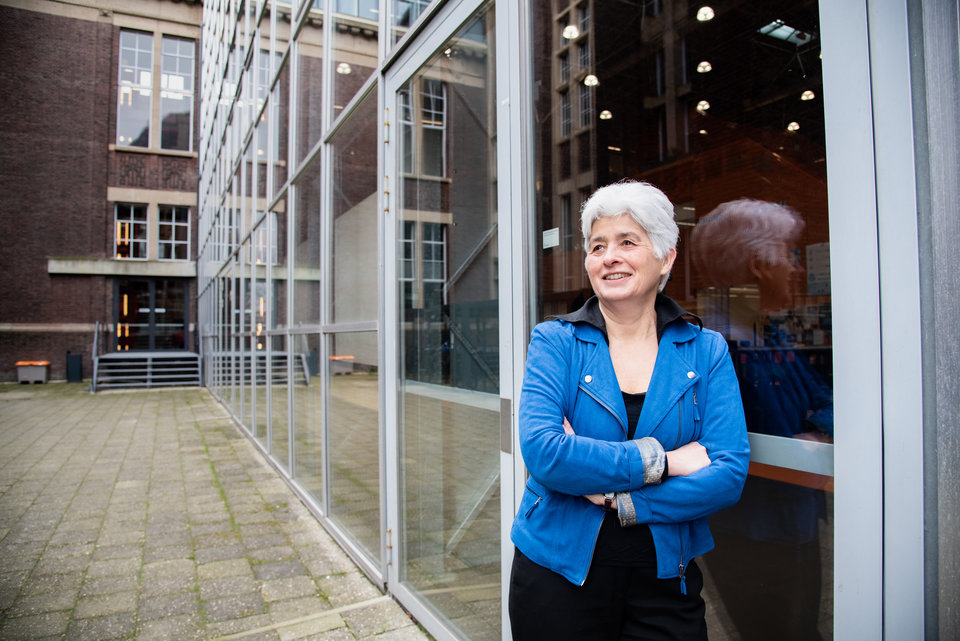What Professor Philo Bluyssen had been advocating since the beginning of the pandemic, finally happened at the press conference in July 2021. By adding a ventilation icon, the Dutch government
embraced the fact that Covid-19 can also spread by means of aerosols. While it is a victory that ventilation is now one of the basic measures, we still have a long way to go according to the professor of indoor environment.
How it started
The message was clear: Covid-19 can spread through microscopic saliva particles called aerosols as well as through larger droplets or by touching contaminated surfaces. Since aerosols can spread much further through the air than larger cough and sneeze drops, basic measures like social distancing are not enough. That is why Professor Philomena Bluyssen has been calling for better ventilation guidelines from the start of the pandemic. She was certainly not alone in this: as part of a large group of international scientists, she signed two open letters to the WHO in the spring of 2020, calling for this third infection route to be taken seriously.
Bluyssen appeared frequently in the media urging further research into the dispersion of aerosols in indoor areas. Dutch and international media covered the subject, and her video on the spread of aerosols went all over the world. “Following that video, I was approached by a number of manufacturers of respirators, and by consumer programme ‘Kassa’”, she recollects. “We converted the set-up we had been using for testing the spread of aerosols with soap bubbles. The new system showed coloured droplets with the help of UV light, and we used it for the testing of facemasks.” The academic community was also very interested. The resulting cooperation with hospitals is indispensable for Bluyssen’s work. In her SenseLab, she can set up in-depth experiments with aerosols and air flows, but she cannot and may not work with virus particles, since medical scientific research is bound by strict guidelines.
Vacuum cleaner
Bluyssen was approached by researchers Peter de Man and David Ong of the Franciscus Hospital to participate in their research into the presence of virus particles in peoples’ homes and in hospital. “We showed that you can measure whether and how many coronavirus particles are in the air by using a hoover with a HEPA filter”, she says. HEPA filters are very fine-meshed filters that can remove small particles from the air; you may find them in air purification systems in, for example, operating theatres, and in some vacuum cleaners. “We found three times as many virus particles in the homes of infected people as we did in a well-ventilated hospital environment where medical procedures are carried out. That was an important step, although the vacuum cleaner method has yet to be perfected further.”
Secondary schools
Paediatrician and epidemiologist Patricia Bruijning of UMC Utrecht also got in touch with Bluyssen. Together with Bruijning and, among others, Sander Herfst of Erasmus MC, Bluyssen wrote a research proposal into the role of the indoor climate in the spread of Covid-19 in secondary schools. The proposal received backing from ZonMw, a Dutch organisation funding innovation and research in healthcare. While everyone wants schools to remain open, there are concerns about the number of infections in schools and the role ventilation plays in it. In this project, Bluyssen is specifically looking for an indicator to relate the number of infections to the way classrooms are ventilated. “It would be good if we could find a link between the presence of virus particles and the level of CO2 in a room. All our ventilation guidelines are currently based on CO2 and could therefore be easily adjusted.”
Bluyssen devised experiments where test subjects had to exhale into a box with a particle gauge inside. “The particles we measured varied from 0.3 microns to 10 microns in size. We also measured aerosols and CO2 in the lab at different ventilation regimes. We wanted to see if we could find a link between the two, but it turned out that you can't distinguish between the particles already present in the room and what you exhale.” The link between CO2 and exhaled particles is not a very obvious one anyway. “One is a gas and the other contains a mix of liquid and solids; so physically they probably behave differently,” she explains. Nevertheless, Bluyssen does not give up on this route yet: “When you exhale, water molecules in your breath will start to evaporate, causing some very small particles to show more gas-like behaviour. We may be able to relate such small particles to CO2 movements. We are investigating this further. Of course, it also depends on the amount of virus present in those particles and how long this stays alive.”
Mobile air purifiers as a solution
Natural ventilation doesn’t solve all problems, but replacing existing ventilation systems is not always feasible. Mobile air filtration devices are therefore used in schools in Germany. A manufacturer of such devices asked Bluyssen to test their system. “Such devices capture contaminated air using HEPA filters. That works. But during testing we found that the system was too noisy: it exceeded the noise standard for classrooms, and it also caused draughts. Moreover, two systems were needed per classroom. That means this kind of system is not suitable in its current form. We therefore recommended that the product be modified. Then this could well be a solution, especially in winter."
Thus, the amount of knowledge is steadily growing. Bluyssen continues to be disappointed by the government's response, however. “Our results were always well received in the press, but the government hardly acted on them. In October 2020, for example, Belgium had already set up a Task Force Ventilation to advise their government. We still don't have that in the Netherlands,” she says. “Outside of the Netherlands, awareness of the third route of infection was growing. The WHO and the American Centre for Disease Control & Prevention both acknowledged it, as did many other institutions. The RIVM, the Dutch Institute for Public Health and the Environment, maintained however that airborne transmission could only occur during medical procedures.” The tide slowly began to turn when in May 2021 Bluyssen and 38 international scientists published a plea in scientific journal Science to combat the spread of respiratory infections by means of adjustments in building design. “This article also stated that the Netherlands was one of the few countries in the world that was lagging behind in this respect.”
Once again, it led to a lot of media attention. “Current affairs programme ‘Nieuwsuur’ and newspaper ‘Trouw’ came calling, as did many others. But this time, the Ministry of Health, Welfare and Sport was also interested”, says Bluyssen. It still took a personal letter from 20 scientists to PM Mark Rutte, as well as a motion from MP Geert Wilders, before the ventilation icon made its appearance at the press conference. “That was a moment of jubilation, but in the press conferences that followed there was hardly any mention of ventilation again.”
She has since been asked by VWS to help set up a think tank. “This should focus on the future of ventilation, also in relation to sustainability and energy-saving. That requires an integrated approach. For example, you can't first address mould issues in houses, and then insulate them in such a way that there is no longer enough ventilation to prevent it from recurring.” Recently, the RIVM also concluded, based on its own calculations, that ventilation helps against Covid-19 infections. But it is still two steps forward and one step back, Bluyssen feels.
Pandemic and disaster preparedness centre
Meanwhile, Bluyssen is more reluctant when the press calls, as there is still so much work to be done. In May 2021, a pandemic and disaster preparedness centre was set up by Erasmus MC, Erasmus University and TU Delft. A broad consortium of Erasmus MC, UMC Utrecht, Radboudumc, TU Eindhoven and TU Delft, of which Bluyssen is part, will also do research on airborne transmission of viruses here. “I am also on an advisory committee of the KNAW, where we are preparing a pandemic preparedness plan in the Dutch context,” she says. Both initiatives focus on better preparedness for future virus outbreaks and disasters.
The Covid-19 crisis itself may not be over, not even by a long shot, and there are still plenty of questions to be answered. “It is now common knowledge that the virus can spread through the air, so we need to be able to tackle it via the air as well. We know that ventilation helps, but we don't know everything yet. For example, it is still difficult to predict how virus particles spread in a room, how long they stay alive, and how much you have to inhale to become infected. We have to close that knowledge gap together,” says Bluyssen. “We also need to look at which systems and measures then work best in a given situation, so there is plenty of work to be done on the solution side as well.”
There are many ways to ventilate indoor spaces. A CO2-meter can also tell more about the amount of ventilation, but how does it work?
In the video below, different ventilation methods are shown and explained.

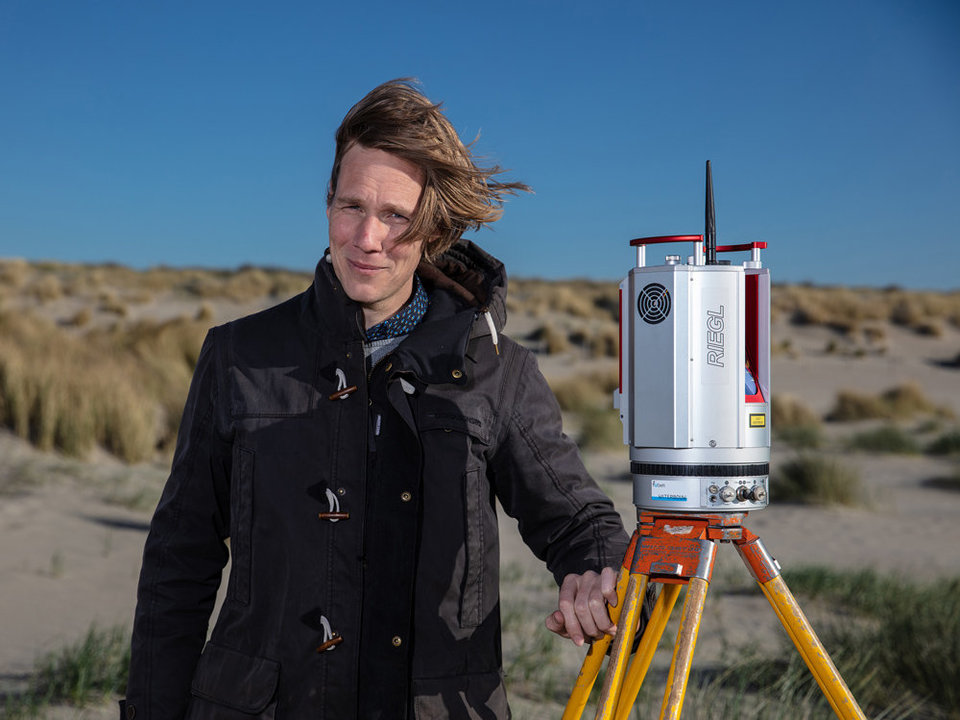
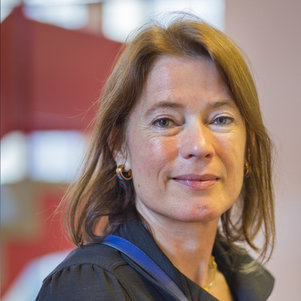
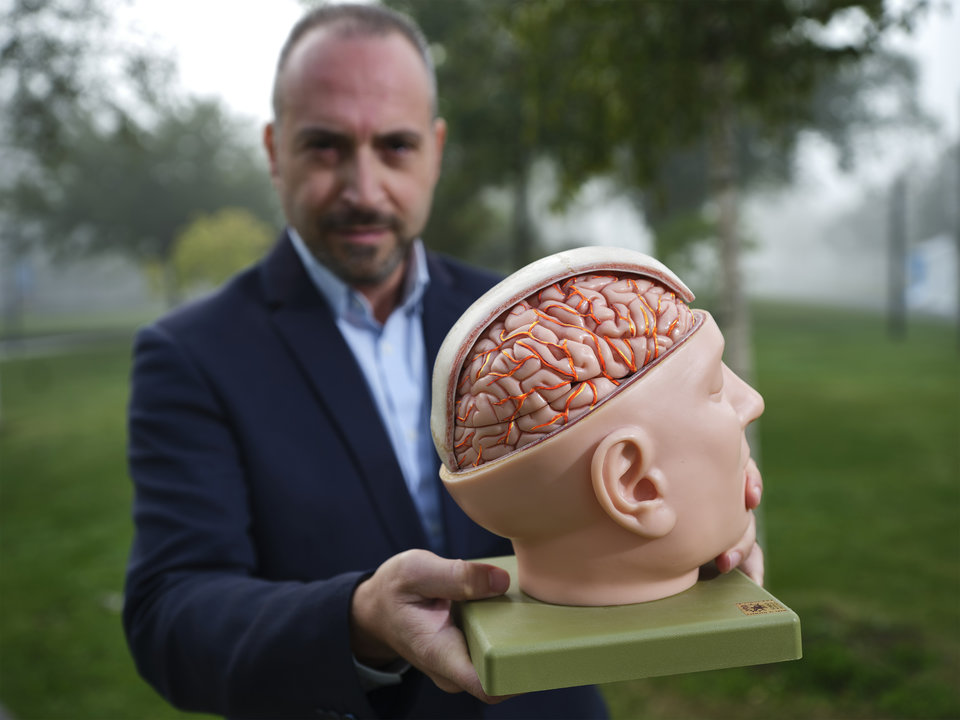
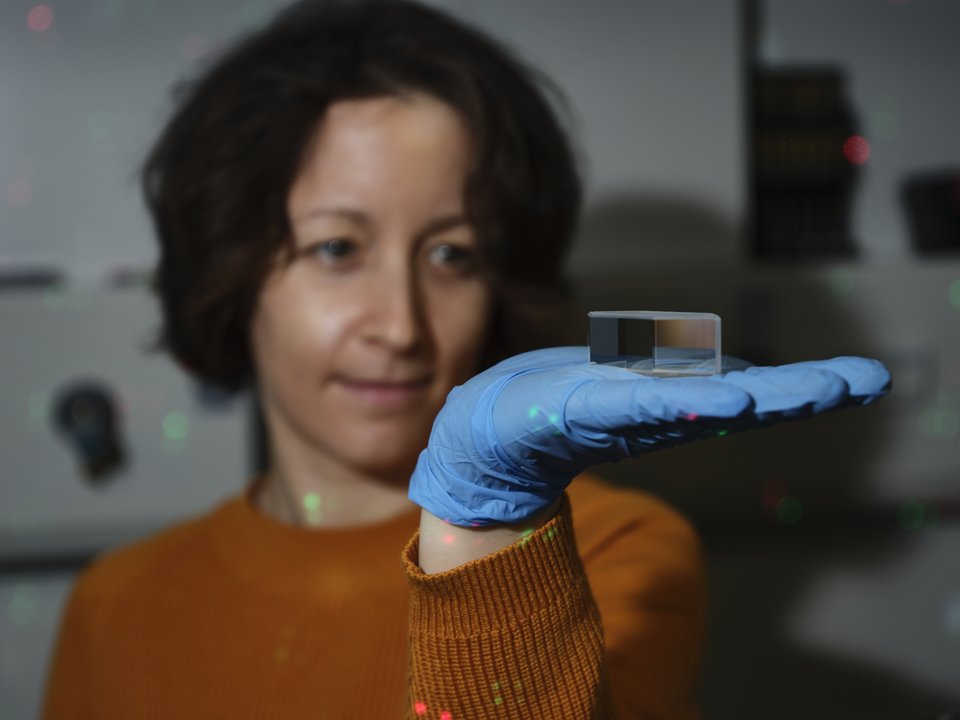
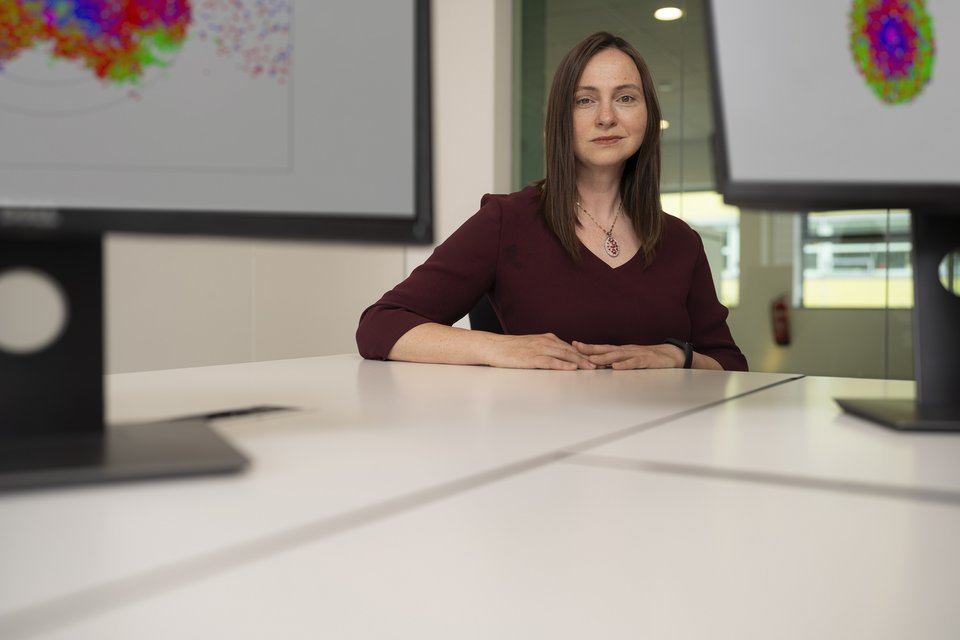

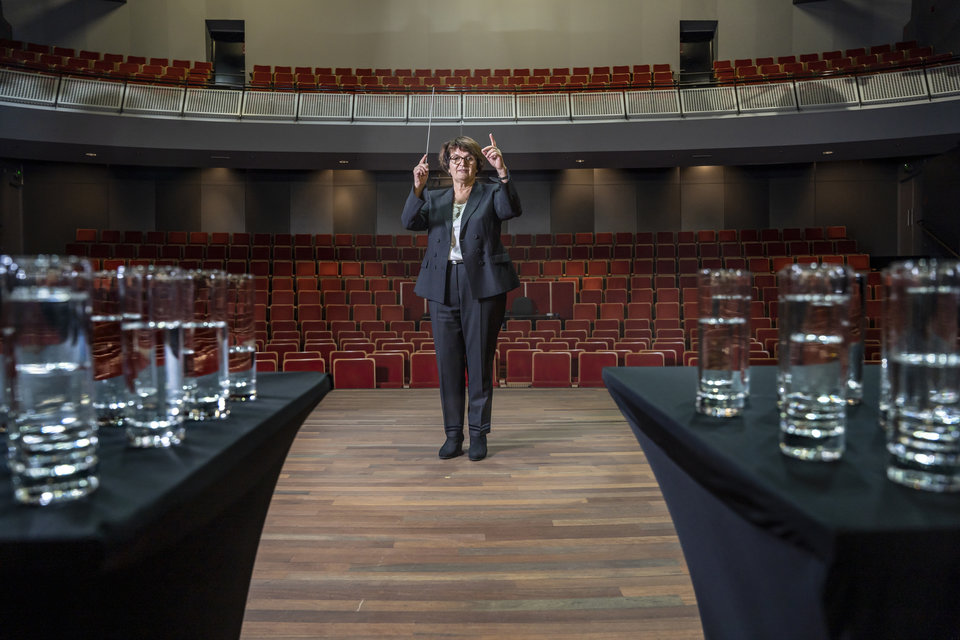

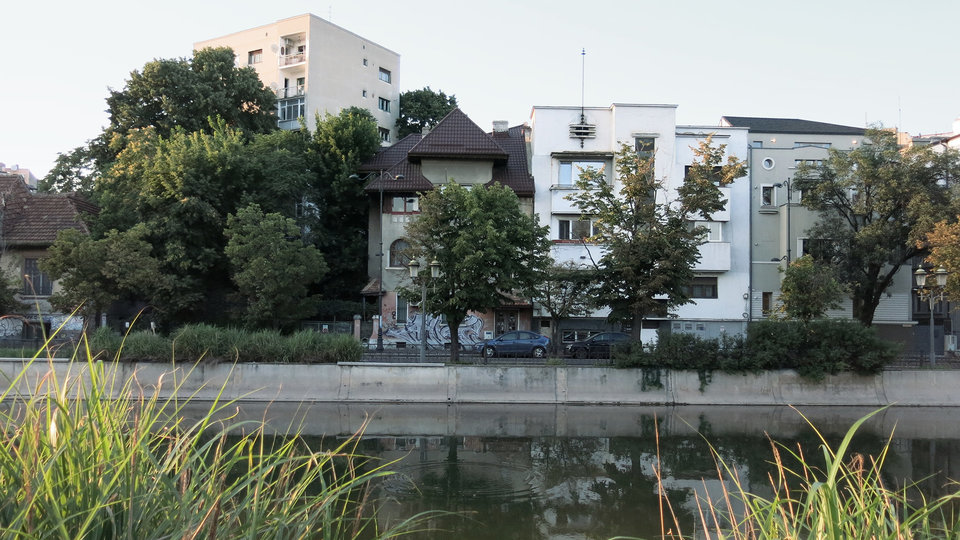

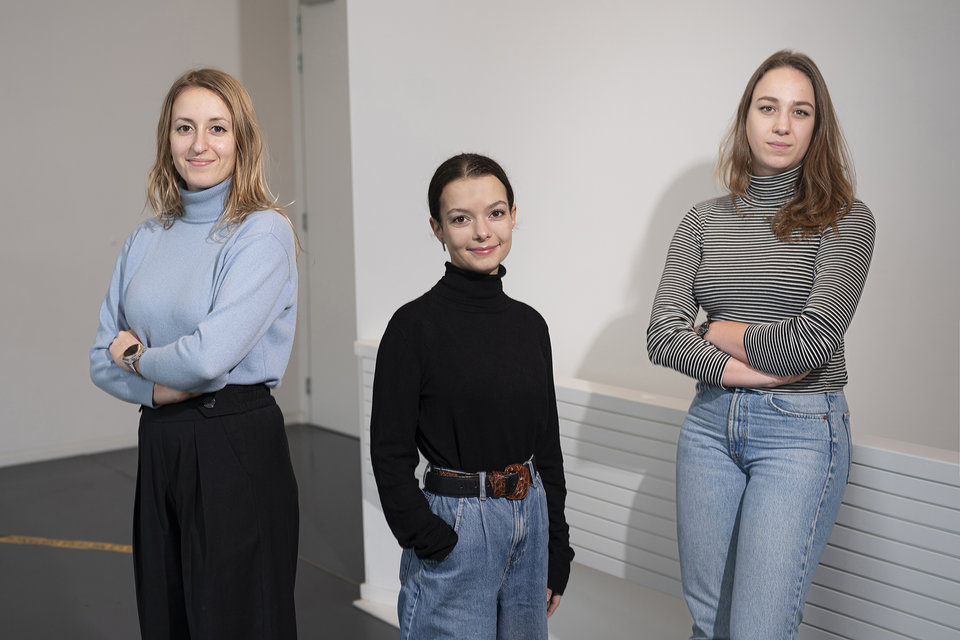
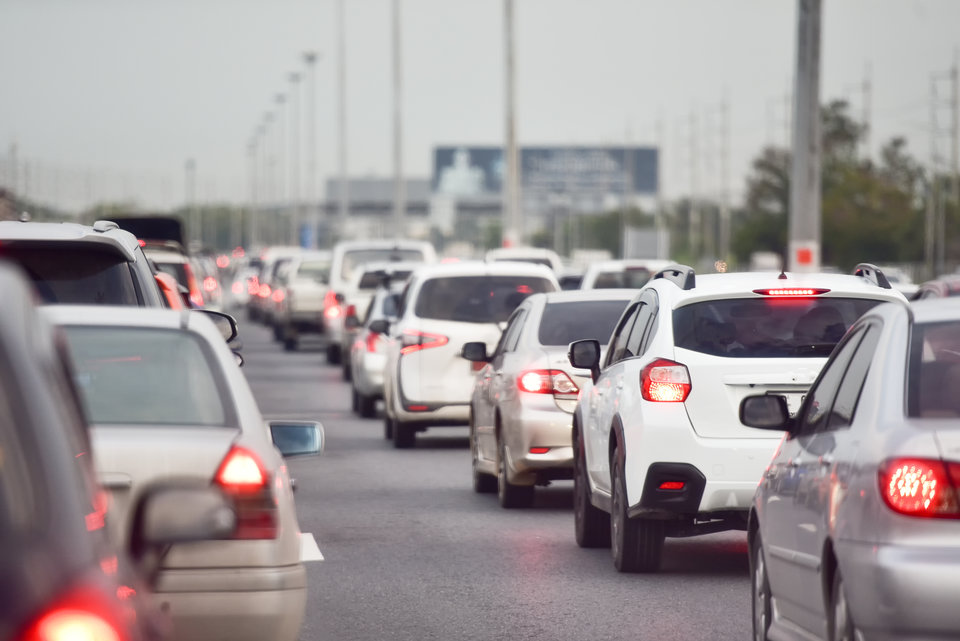

![[Translate to English:] [Translate to English:]](https://filelist.tudelft.nl/_processed_/0/b/csm_Header%20afbeelding%20InDetail%20-%20Stefan%20Buijsman%20-%202_01_8b72583971.jpg)

